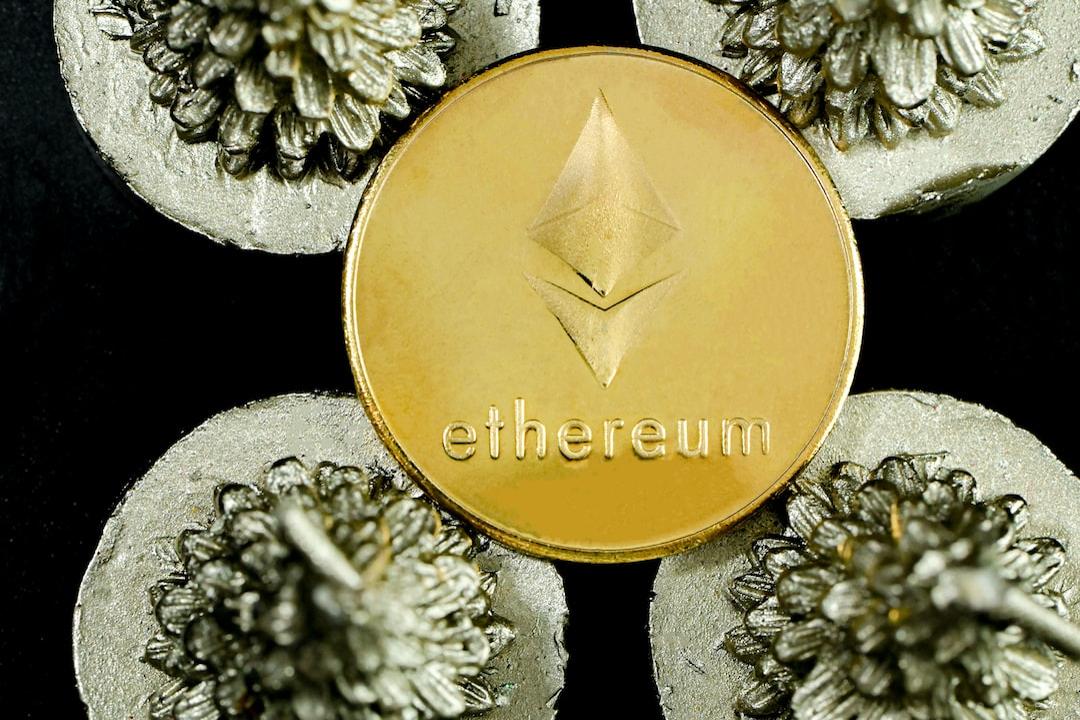Bitcoin (BTC) experienced a significant 6% decline on April 19, dropping to a low of $59,640 before quickly recovering and finding support above $64,500.
The rebound in price was driven by the optimism surrounding the upcoming Bitcoin halving, which is scheduled for April 20. This event typically attracts significant interest from traditional media and spot Bitcoin exchange-traded fund (ETF) providers. It seems to have helped offset the negative impacts of broader socio-economic challenges.
The geopolitical landscape has also contributed to the market’s volatility. As tensions escalate in the Middle East, Bitcoin’s price movement appears to correlate with global events. However, reassurances from Iranian officials that there are no plans for retaliation have calmed market nerves and aided in the recovery.
Despite the dramatic price swing on April 19, liquidations in BTC futures remained relatively minimal, totaling around $45 million. This suggests that market participants were not heavily leveraged, which is a bullish signal considering that the $60,000 level has become a significant psychological support.
Cryptocurrency analysts at Amina Bank have stated that geopolitical tensions are not the sole drivers of market sentiment. They believe that trading volumes, ETF flows, and news related to US inflation data are also crucial. Additionally, miners are selling off their Bitcoin in anticipation of the halving, aiming to secure profits before the reward reduction.
From an economic perspective, the resilience in US inflation data and strength in the labor market, which has led to a 0.7% year-over-year growth in retail sales, has reduced the likelihood of the US Federal Reserve reducing interest rates in the next few months. This skepticism is reflected in the 5% decline of the S&P 500 index since it reached its all-time high on March 28.
When looking at BTC futures data, the current open interest stands at $29.8 billion, only slightly higher than $28.6 billion two days prior. This indicates that the Bitcoin halving event has not sparked a significant surge in demand for leverage.
The premium for 3-month BTC futures is currently at 11%, indicating cautious optimism in the market. However, this represents a decrease from the previous week’s 16%. Despite the swift retest of the $60,000 level on April 19, the premium managed to maintain a strong 9%. This suggests that while the market is cautiously optimistic, there is no rush of short-term speculative betting in anticipation of the halving event.
It is important to note that this article does not provide investment advice or recommendations. Readers should conduct their own research before making any investment or trading decisions.

